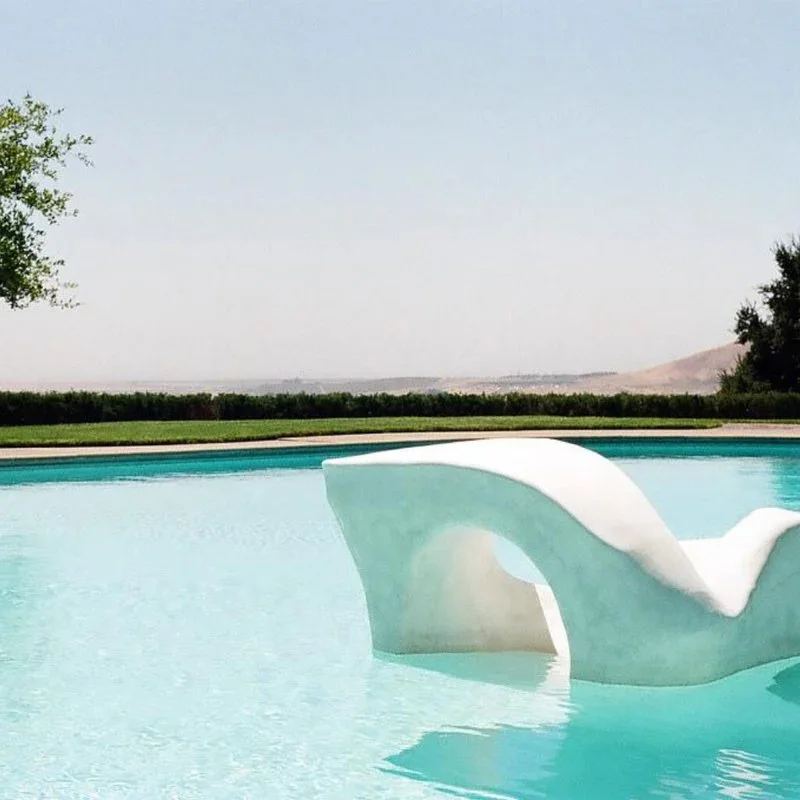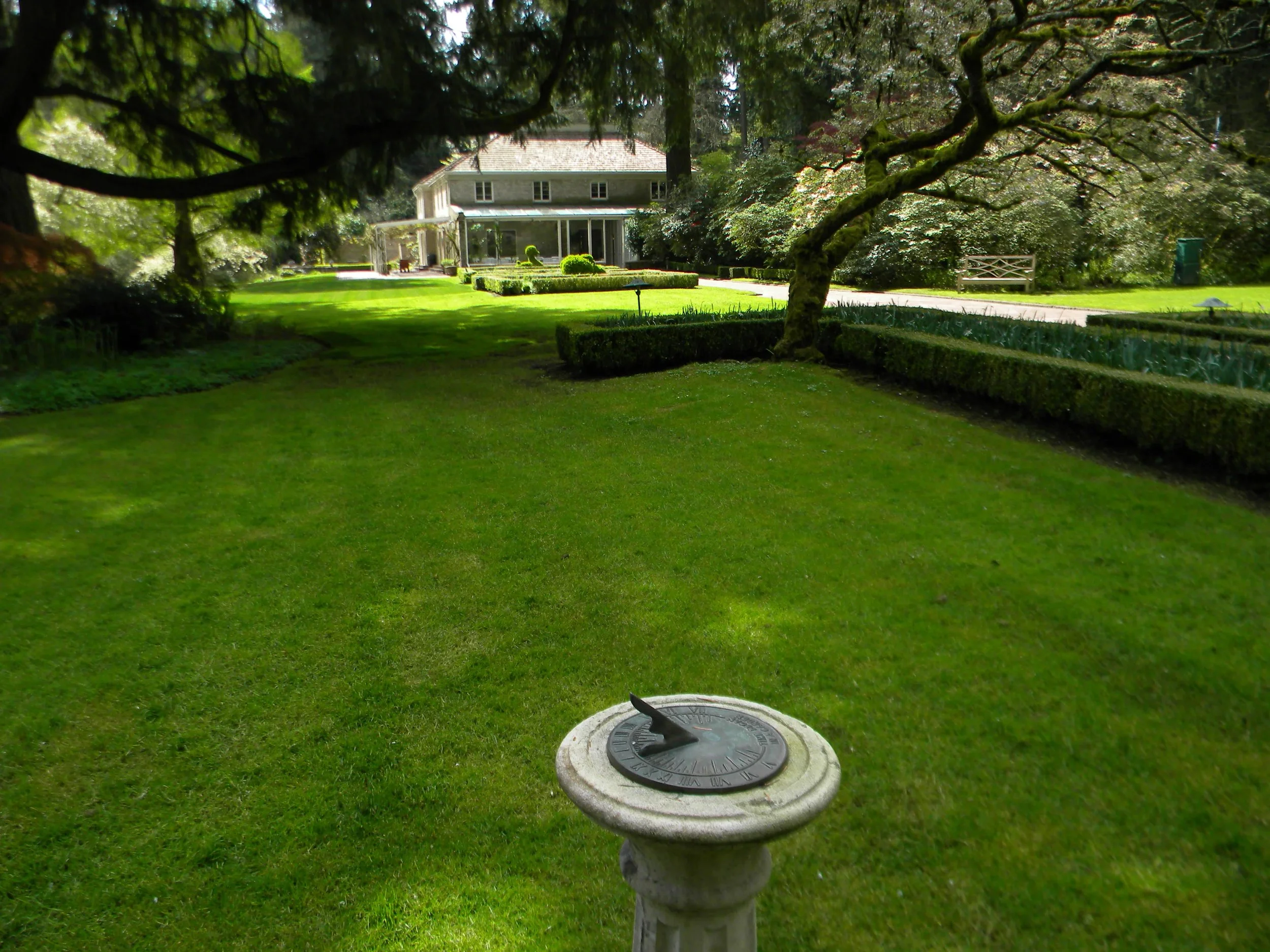Influential Designer: Thomas Church Landscape Architect
Children have a sense that they are meant for nature. They play all day in the grass and trees, making temporary homes under the branches. However, as children grow up and grow old, they forget about climbing trees. And as adults, many go inside and forget about the magic of the garden.
Yet, there are a select few who bring their kinship with nature with them into adulthood and remind us all that we weren’t meant only for the indoors. Thomas Church was one of those people, and he spent his life beaconing others outdoors.
Early Life
Thomas Church was born in 1902 in Boston, MA. Most of his childhood was spent north of Los Angeles in the Ojai Valley and in Oakland, where he moved as an adolescent with his mother and sister when his parents separated.
In 1922, Church graduated from the University of California, Berkeley where he received a B.A. in Landscape Architecture. Then, in 1926, he received a master’s degree in City Planning and Landscape Architecture from Harvard Graduate School of Design.
After graduating, Church headed to Europe where he studied the gardens in Italy and Spain. He eventually made his way back to California, and in 1933 he set up a practice in San Francisco.
Career
In the beginning, much of Church’s designs were in line with the Neoclassical style that was popular in the early 1900s. Then, in 1937, Church made a trip to Finland that changed his view—and eventually the world’s view—of landscape architecture.
When in Finland, Church saw the works of Alvar Aalto. Alvar Aalto was a modernist architect, city planner, and product designer. Aalto was known for experimenting with irregular curved forms, laminate wood, and mixing organic and inorganic forms.
After viewing Aalto’s work, Church began experimenting with form and function in landscape design. To Church, gardens became more than something to look at, they were something to live in. His style eventually developed into what is now known as “California Style.”
What makes “California Style” especially unique is that it works to unify the outdoors with the indoors. It was the childhood experience of long days of playing outdoors—only to go inside when your parents asked you to—that Church attempted to capture for his clients.
Merging the outdoors with the indoors was also something that he admired in other designers. As he once wrote of a Paul Hayden Kirk’s project in Kirkland, WA,
“...A highly civilized and attractive treehouse. Bring back for a moment that nostalgic urge which we all have as small boys to live in a tree. That which is gradually stifled by a civilization that stuffs us in a box and clamps down the lid.”
Church ultimately accomplished his goal of unifying the indoors with the outdoors because of his ability to work seamlessly with architects and his clients. Before Church, many in the budding field of landscape architecture were considered to be little more than glorified gardeners. As Church once reflected,
“If you were to arrive on the job and say, ‘I think the driveway is in the wrong place you could get fired, right then.”
However, Church led first with a respect toward architects and contractors and that respect created a dialogue between the architect, contractor, landscape architect, and client that elevated the field as a whole.
And, he created this dialogue with his clientele in the simplest, most intentional way possible. According to his contemporaries,
“While he interviewed the potential client, he would prune their trees or work in the garden. The successful architect is completely integrated with their clientele. He knew people’s needs.”
Though Church sought to capture his clients' vision, he ultimately understood that people needed to be connected with nature. People need the healing effects, beauty, and peace that nature has to offer.
As he wrote in his 1955 book Gardens are for People, “A garden should have no beginning and no end…” In short, he knew that people needed to be reminded of the childhood dream to live in a garden forever. And, thanks to Thomas Church and the invention of “California Style,” we nearly can.
Works
Thomas Church was a prolific designer. He completed over 2,000 residential projects along with almost a dozen public grounds. Below are just a few projects that illuminate his renowned ability to unite a house or building with nature.
El Novillero (Donnell Gardens)
Thomas Church was known for his ability to integrate nature with architecture and his project at Donnell Gardens is a perfect example of this. Church, perfectly in tune with the contemporary art movement, used landscape to mimic the architecture of the building. Prizing unity, Church created a free flow between the landscape and the design of the pool.
Bloedel Reserve in Washington State
Bloedel Reserve was private land (now public) owned by Prentice Bloedel. In the late 1960s Prentice Bloedel traveled with his wife to France. While in France, he became completely mesmerized by the reflecting pools in many of the French gardens. Upon returning, he commissioned Thomas Church to design a part of the reserve with a rectangle reflecting pool.
Thomas Church created the reflecting pool, which made the visitor feel like they were absolutely surrounded by trees. However, for unknown reasons he never completely finished the project. The project was later picked up by Richard Haag who framed in the pool with grass and Irish Yew hedges. Though finished by another designer, this project still epitomizes Church’s ability to connect man with nature.
Lakewold Gardens in Washington State
Lakewold Gardens was designed in 1938 by its owner at the time, Eulalie Wagner. Wagner loved collecting plants and ultimately hired Thomas Church to help with the landscape.
Lakewold Gardens are a combination of informal and formal gardens that flow freely into one another. The purpose of the gardens, according to their website, is to create “intentional encounters with the life-changing power of nature, fostering peace, creativity, and healing in our communities.”
Final Takeaways
Thomas Church intuitively knew what science is now proving: that people need nature. We need it for our health, for the beauty it brings, and for our peace of mind.
So next time you design an outdoor space, consider how you can unify the outdoors with the indoors. This endeavor is not a small one but may be accomplished if we employ Church’s methods in three areas.
Relationships: Good relationships with people enhance a designer’s work. Church knew the value of building good relationships with others. And it was his ability to build trust in relationships that made him not just a good designer, but one many aspire to be like.
Collaboration: We all benefit from artists collaborating. Church valued other designer’s vision for a space. This helped elevate the field of landscape architecture as a whole and produced some of his most admired works. When artists work together, we all win.
The Need for Nature: Remember that humans need nature. Church never forgot the dream of reuniting people with the garden.
We all benefit from spending time in nature, and Church knew how to beacon us back to where we belong. And this is something that all who work in landscape architecture have the privilege of doing.
Click here to read more articles from our Influential Designer series.





